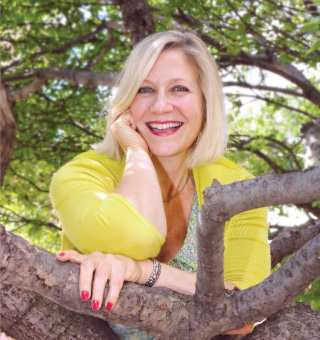Once Erin knew she was eligible for help with her down payment, she began her home search in earnest. She found a historical 3-bedroom, 1-bath home that was built in 1925. The price of the home was $152,000. She used conventional financing with private mortgage insurance since she was putting less than 20 percent down. Thanks to private MI and down payment assistance of 3 percent ($4,560), Erin successfully purchased her home in 2016.
"And I didn't have to use all my savings!" says Erin. Plus, she's built up equity over the last two years due to home values going up.
Aside from the financial perks of owning her own home, Erin enjoys other benefits. "I've got so much more space for the money than when I was renting," says Erin. "And I like being a permanent part of the neighborhood and getting to know my neighbors."

